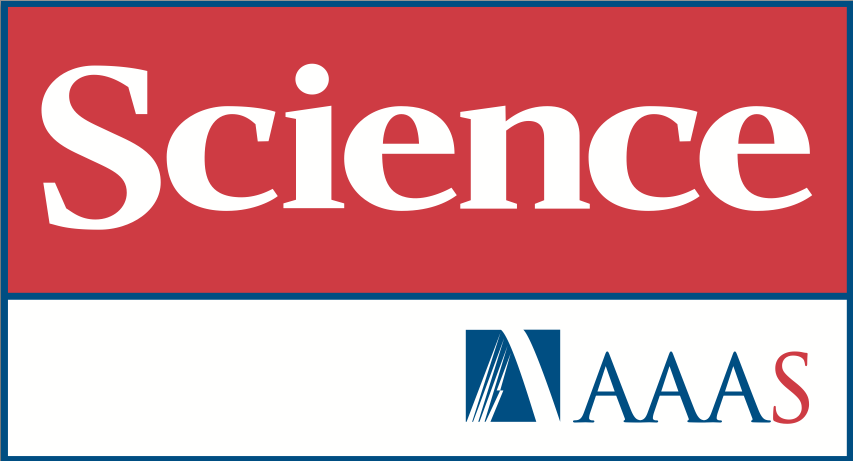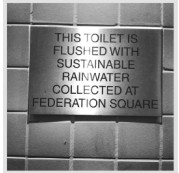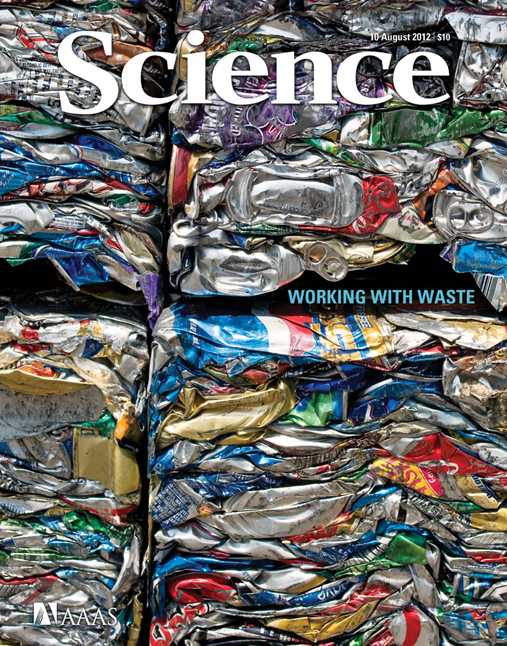
Highlights
- •Health risk associated with harvested rainwater for home gardening is evaluated.
- •Results indicate the annual risk exceeds U.S. EPA drinking water risk benchmark.
- •Comparative risk shows lower risk of applying rainwater than reclaimed water.
- •Current risk benchmark should be reconsidered for sustainable water practice.
Abstract
Health risk concerns associated with household use of rooftop-harvested rainwater (HRW) constitute one of the main impediments to exploit the benefits of rainwater harvesting in the United States. However, the benchmark based on the U.S. EPA acceptable annual infection risk level of ≤ 1 case per 10,000 persons per year (≤ 10-4 pppy) developed to aid drinking water regulations may be unnecessarily stringent for sustainable water practice. In this study, we challenge the current risk benchmark by quantifying the potential microbial risk associated with consumption of HRW-irrigated home produce and comparing it against the current risk benchmark. Microbial pathogen data for HRW and exposure rates reported in literature are applied to assess the potential microbial risk posed to household consumers of their homegrown produce. A Quantitative Risk Assessment (QMRA) model based on worst-case scenario (e.g. overhead irrigation, no pathogen inactivation) is applied to three crops that are most popular among home gardeners (lettuce, cucumbers, and tomatoes) and commonly consumed raw. The infection risks of household consumers attributed to consumption of these home produce vary with the type of produce. The lettuce presents the highest risk, which is followed by tomato and cucumber, respectively. Results show that the 95th percentile values of infection risk per intake event of home produce are one to three orders of magnitude (10-7 to 10-5) lower than U.S. EPA risk benchmark (≤ 10-4 pppy). However, annual infection risks under the same scenario (multiple intake events in a year) are very likely to exceed the risk benchmark by one order of magnitude in some cases. Estimated 95th percentile values of the annual risk are in the 10-4 to 10-3 pppy range, which are still lower than the 10-3 to 10-1 pppy risk range of reclaimed water irrigated produce estimated in comparable studies. We further discuss the desirability of HRW for irrigating home produce based on the relative risk of HRW to reclaimed wastewater for irrigation of food crops. The appropriateness of the ≤ 10-4 pppy annual risk benchmark for assessing safety level of HRW-irrigated fresh produce is questioned by considering the assumptions made for the QMRA model. Consequently, the need of an updated approach to assess appropriateness of sustainable water practice for making guidelines and policies is proposed.

Click Here for the full article.
Click Here for a PDF Download of the article.














